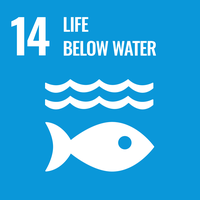Quorum sensing as a system of production control
|
Project 4: Quorum sensing as a system of production control
|
   |
Quorum sensing is a form of communication between bacteria within a population. Information that is communicated relates to the most important decisions facing the bacteria, e.g., is there enough food available, how large is the population, is the current food availability status suited to a survival strategy of staying home and building a biofilm, or would it be better to produce flagella and move away in search of better environments? In other words, quorum sensing is all about bacterial survival.
Quorum sensing regulation of gene expression is very interesting because it represents the most powerful forms of gene expression. Of all the genes expressed by the bacterium, the genes related to quorum sensing have the highest capacity for strong expression. Exactly this capacity is very useful when harnessing bacterial production capacity. This project is focused on characterizing quorum sensing in Rhodobacter sphaeroides and several other Alphaproteobacteria in order to harness their power for maximum production and control in a variety of environments.

A series of photos (one per hour) of a bacterial colony as it grows. The cells carry three different fluorescent proteins as reporters of gene expression. Cells become hungry (blue protein) and start to engage in quorum sensing (red protein), followed by motility (yellow protein) as the cells move away from the colony center. Bright field = colony size, blue = genes for hunger sensing, red = genes for quorum sensing, yellow = genes for mobility.
© Matthew McIntosh
